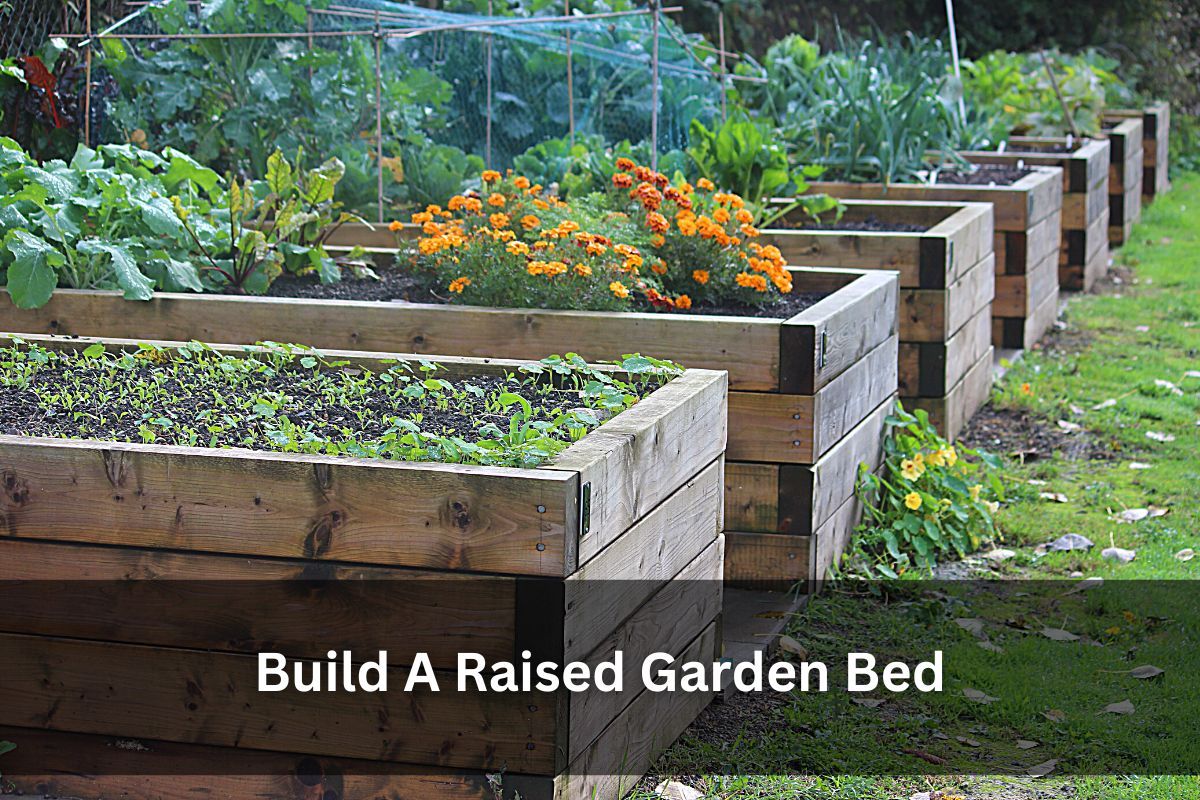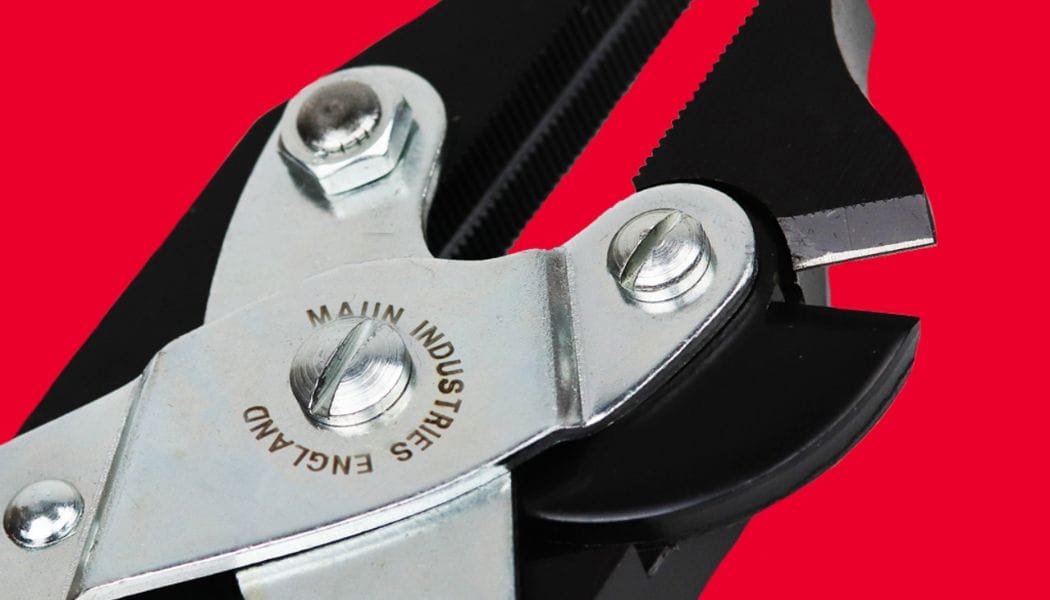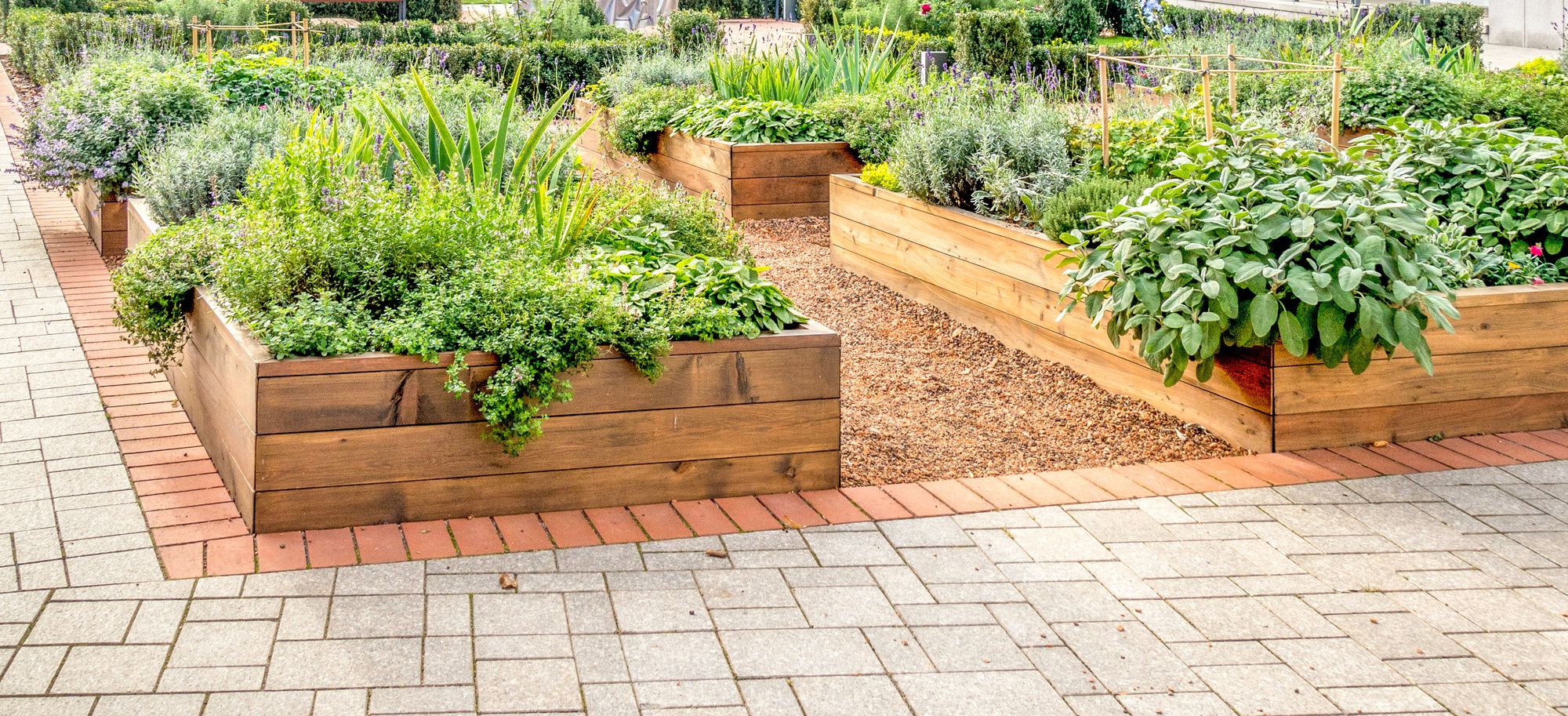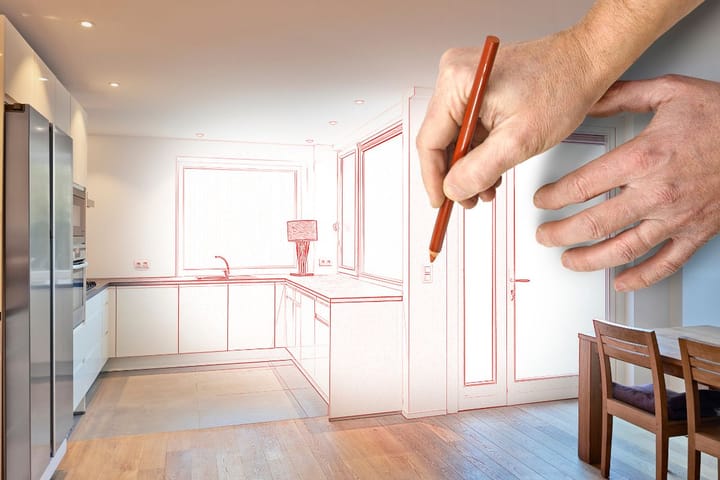How To Build A Raised Garden Bed
Unlike a regular garden, this one is built above ground level and is normally surrounded by a frame. The frame is then filled with soil to offer a controlled environment where plants can thrive.

Have you been looking for the perfect gardening DIY project? If you do, then a raised garden bed will be ideal. A garden bed will be an excellent addition to any outdoor space, as it provides a convenient and efficient way to grow different types of plants.
And what better way to do this than by building it as a labor of love? Whether you're a seasoned gardener or a beginner, a raised garden bed doesn't require expertise. But before you decide to get started, it's essential to understand what a garden bed is and what you can use it for.
Understanding Raised Garden Beds
Unlike a regular garden, this one is built above ground level and is normally surrounded by a frame. The frame is then filled with soil to offer a controlled environment where plants can thrive. You should note that the elevation level depends on your preference and the needs of the plants being grown.
The reason a raised garden is often preferred is due to the advantages it offers. Unlike in-ground gardening, this type provides better soil quality, drainage, and aeration control. This control allows for optimal growing conditions, leading to great outcomes.
In addition, this bed helps reduce weed growth as it becomes easier to manage and care for your plants. You'll also significantly reduce the risk of soil compaction as you won't walk on it often. Building your garden bed can create a productive and efficient growing space, regardless of your chosen space.
How To Build Your Raised Garden Bed
Now that you've grasped how advantageous getting a raised garden bed is, it's time to learn how to build it. Discussed in this article is a guide that takes you through the process of building your own raised garden bed. It offers tips, the type of materials to use, how high to raise it, and essential insights. Get started!
1. Gather Materials And Tools
Getting materials and tools is crucial when building a raised garden bed. If it's your first project, you might get overwhelmed by the choices required. Therefore, you should consider getting the following quality tools from a reliable source:
Best Tools For The Job
Not all tools can help you build a raised garden bed; getting the right ones is vital. That's why reliable sources like Maun Industries proposes using quality tools to do the job effectively. Maun Industries has a good range of garden tools, and their side cutter parallel pliers are ideal for bending and shaping the raised bed structure.

Additionally, consider getting untreated wood boards or pre-made garden bed kits, compost, organic mulch, and soil for the materials. And your kit should include additional tools, screws or nails, weed barrier fabric, a hammer, a drill, a saw, measuring tape, a rake, and other gardening tools.
You'll have a smooth and efficient construction process by getting the above materials and tools. And with its construction, your raised garden bed will function as intended, as each material serves a specific purpose, like providing structural support.
In addition, suitable materials contribute to the long-term durability of your raised garden bed. A raised garden bed constructed with proper materials means your plants will be healthy and safe as they won't leach harmful substances into the soil. Apart from the safety of the soil, the necessary tools reduce the risk of accidents and injuries when constructing it.
2. Choose A Location
Another critical step toward building a raised bed is selecting the right location. The right location will affect the plants you can grow, making it important to choose the right spot. And to do so, you may need to keep some considerations in mind, as discussed below.
- Sunlight: For plants to thrive, they require at least six hours of direct sunlight. As a result, the spot you settle on needs to meet this requirement every day. To do this, observe your yard throughout the day, then identify areas with maximum sun exposure.
- Soil Quality: After identifying a spot with the most sun exposure, the next step is checking the soil quality. Even though a raised garden bed allows you to create your ideal mix, it's still prudent to ensure that you have great soil underneath it. And for soil to be considered of great quality, it should be well drained and not compacted, as these might hinder plant growth and drainage.
- Accessibility: A general rule of thumb when building your garden is to ensure it's accessible. Accessibility will make it easy to reach for watering, planting, and harvesting. Therefore, ensure that the location is close to a water source.
- Space Availability: To determine the space you have available, consider the dimensions of the raised bed. Doing so will ensure that it fits comfortably within your chosen area. Remember to leave enough space between beds or surrounding structures to make it easy for movement and airflow.
- Protection From Wind: Strong winds can easily damage plants and quickly dry the soil. So, if your area experiences strong winds, choosing a location with natural wind protection is important. But how do you protect yourself from a natural element? The best way to do this is to choose spots near a fence, hedge, or existing structure.
- Environmental Factors: Like in a normal garden, environmental factors play a key role in the outcome of your produce. Some factors that may affect your raised garden bed are nearby trees that cast shade or the tree's roots that could interfere with the bed's construction. Another factor to consider is whether the area is prone to flooding; if not, avoid it, as sanding water affects the plant's growth.
- Future Expansion: If you plan to expand your garden, consider a location allowing additional raised beds. This consideration should also include the aesthetics of your garden, as it'll enhance the beauty of your outdoor space.
3. Determine The Size And Shape
There isn't a standard size for a raised garden bed, as people settle for options according to their preferences. The common dimensions most people settle for are four feet wide, eight feet long, and one to two feet high. However, if this dimension doesn't work for you, you can adjust based on different factors.
The most important factors are the size available and your gardening needs. As you determine the size and shape, remember that a narrow width allows easier reach from different sides.
4. Prepare The Ground
Preparing the ground for a raised garden bed has many benefits. With well-prepared ground, you'll ensure proper drainage, minimize weed growth, and promote healthy plant growth. If you are new to gardening, preparing the floor isn't as complicated as it sounds.

To start, clear the area by removing vegetation, rocks, or debris to create an even surface for the bed. Once cleared, use a garden fork to loosen the soil to at least six to eight inches deep. Loosening the soil improves drainage, root penetration, and nutrient uptake.
However, if the soil is heavy clay, consider fixing it with organic matter to boost its texture and fertility. Then, create a border by marking the bed's outline using stakes and twine. Once you define the borders, consider using a spade to dig a shallow trench to create a clean edge.
After creating a clean edge, the next step is installing a weed barrier within the bed's borders. This barrier will help to suppress the growth of weeds and the soil from leaching through the drainage holes. Adding gravel or sand to help prevent water pooling in the soil might be ideal to avoid seeping into the holes.
5. Build A Frame
Once prepped, the next step is building a solid frame to hold your garden. First, find wood boards and cut them to your desired length to build a frame. Remember to measure it at least six inches tall, ensuring ample root depth.
Next, place the boards in the desired shape on your prepared ground. If you are satisfied with your placement and design, securely connect the corners by screwing or nailing them together. These boards need to be well-leveled for the desired aesthetic.
Alternatively, you can opt for ready-made garden bed kits that are easier to assemble. These kits tend to have directions, making your project much easier and more doable.
6. Fill The Bed With Soil
By the time you build a frame, you will be halfway done. The next step is filling the bed with soil and compost to provide nutrients and drainage for healthy plant growth.
Aim for 60% soil and 40% compost as you create your soil. But before using this mixture, conduct a soil test to determine if additional amendments are required.
7. Level Your Soil, Mulch, And Plant
Once you fill your bed, rake the surface to create a smooth and even surface. With an even surface ready, spread a layer of organic mulch evenly. This mulch will conserve moisture, suppress weeds, and regulate soil temperature.
And with mulch ready, it's finally time to plant! It's the most exciting time as your bed will be ready. As you choose plants, go for those that thrive in your local climate using recommended spacing guidelines and offer adequate water and care.
8. Water And Maintain Your Garden
With your raised garden bed ready, all you need to do is maintain it by adequately watering them, weeding, and monitoring your plants. Additionally, monitor for pests, diseases, and weeds to maintain a healthy and productive garden. Enjoy the fruits and vegetables of your labor!
Bottom Line
Building a raised garden bed allows you to create an organized and productive space for gardening. By implementing the above steps, you can build the garden of your dreams and enjoy the benefits in no time. Remember that these beds' results vary depending on your preference and space.




Comments ()